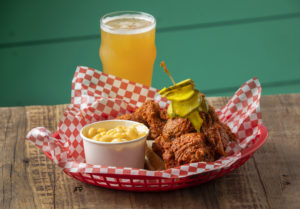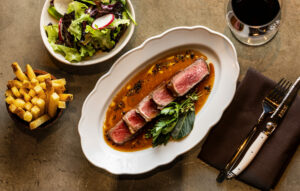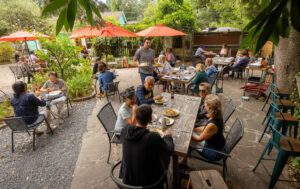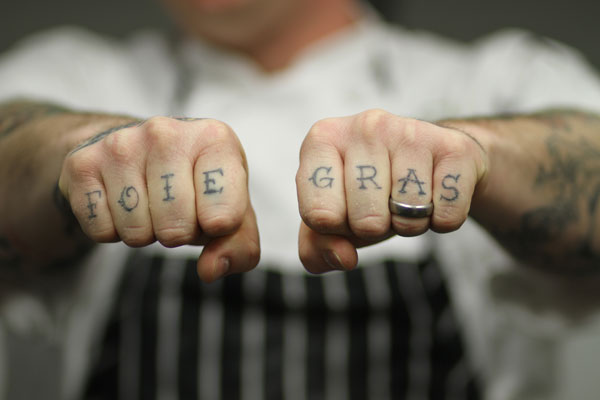Foie gras is once again banned from California’s menus — at least technically — after the U.S. Supreme Court took a pass on weighing in on the offal situation this week. Whether or not local chefs will comply is a whole other question.
The legal battle goes like this: In 2004, foie gras was banned in California after animal rights groups protested the practice of “gavage” or force-feeding ducks to increase the size of their livers until they double or triple in size. The ban didn’t actually go into effect until 2012, when all but a handful of vocal chefs took the product off their menus. In 2015, the ban was overturned, making it legal again. In 2017, that decision was reversed, but would not be enforced while foie gras proponents petitioned the U.S. Supreme Court. With the recent denial by the Supreme Court to rule on the case, the 2017 ban goes back into effect. At least until another appeal.

But does anyone really care that much anymore? After years of verbal stone throwing between animal rights groups and chefs, the whole thing has gotten pretty convoluted and contentious. It’s also a bit of a tempest in a teapot.
Though it is hard to find many unbiased figures about how much foie gras Americans actually eat, suffice it to say we’re lightweights compared to Europeans. France, according to the Euro Foie Gras Association consumes more than 14,500 tons of the stuff annually. The Gallic consider its consumption part of their gastronomic heritage and frankly think Americans are silly for all this hubbub. Spain comes in second at 3, 240 tons, and the U.S. about 250 tons as of their 2016 figures.
Anecdotally, foie gras is a fairly rare find on local menus because of the product’s tendency to incite strong feelings. Why push it when you can surreptitiously send out a seared lobe to those on Team Foie as a “gift” and circumvent both the law and the naysayers?
It’s an ongoing battle, and one with passion on both sides. Whether you raise a glass of Sauternes to some secret foie with a nice side of pickled cherries and brioche, or you’re raising a glass of bubbly to its ban, what everyone can agree on is that the fight over foie gras isn’t over.










